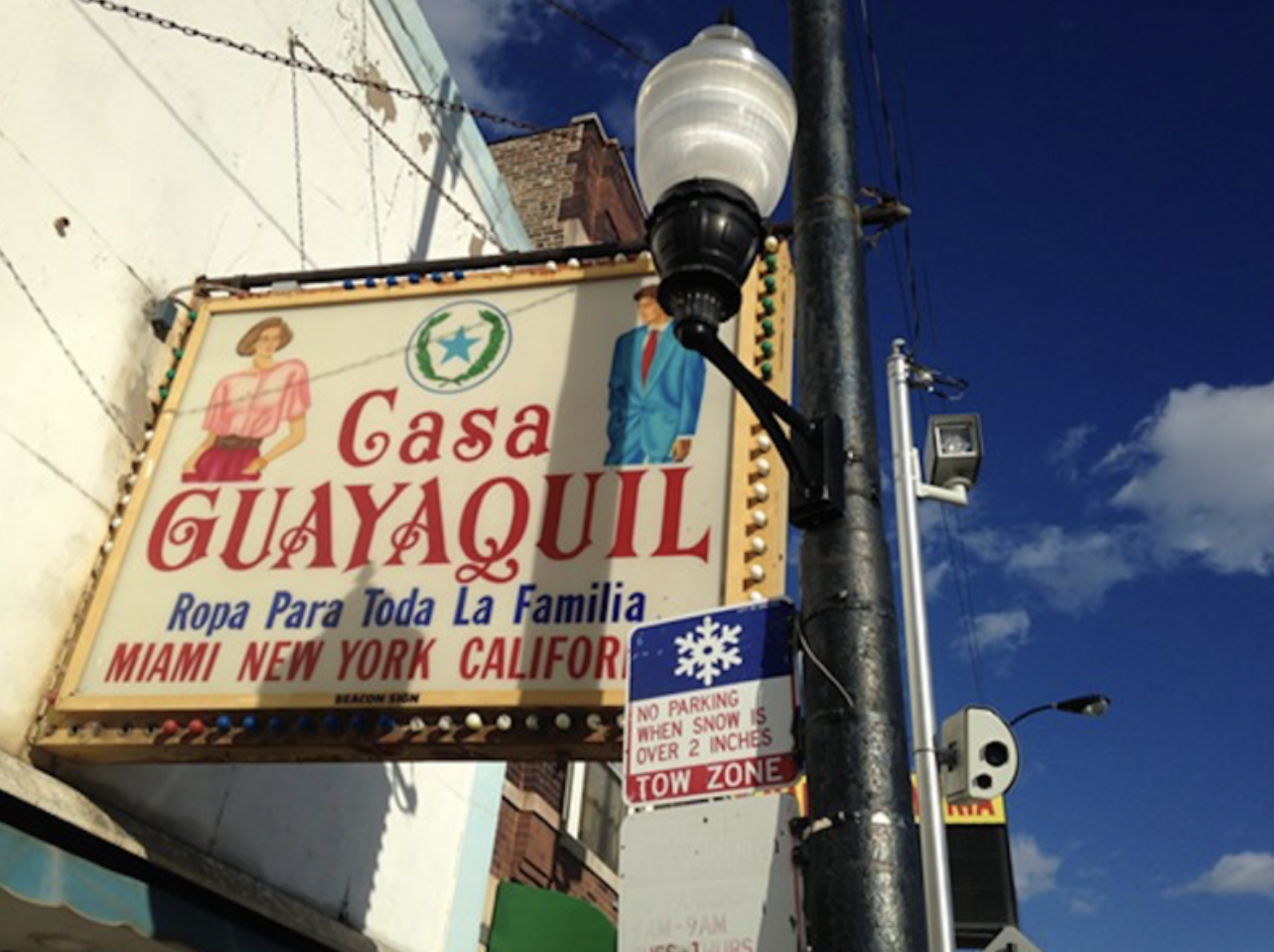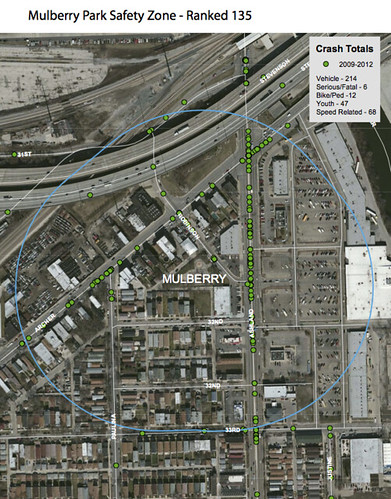In January 2022 University of Illinois at Chicago researchers released a study of our city's speed camera program that found the cams have generally been effective at reducing injury and fatality crashes. According to the report, between 2015 and 2017, the initiative prevented 204 of these kinds of collisions.
The report also found racial discrepancies in who was getting recorded speeding by the cameras. The city of Chicago responded by introducing the Clear Path Pilot, which offers a half-off discount on traffic fines to low-income residents, plus a ticket debt forgiveness program.
The study found that at roughly 70 percent of the 101 cameras sites, there appeared to be an improvement in safety, with the number of crashes, injuries and/or fatalities falling after installation. However, the researchers recommended taking down or relocating cams from the remaining locations where there was no significant safety upgrade.
Via a Freedom of Information Act, ABC Chicago recently found that two months ago 16 existing speed camera installation were relocated to other parts of the city. The Chicago Department of Transportation, which oversees the program, said this was done in response to the UIC recommendation. A CDOt spokesperson told ABC the department had previously analyzed and assessed sites, factoring in crash data plus input from the local alderperson and community members.
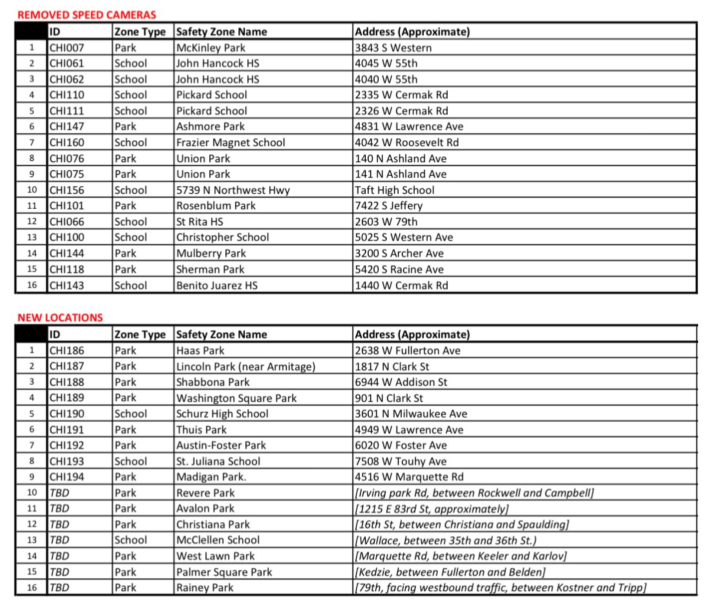
Speed cameras were removed from the eighth-mile radius Safety Zone around Mulberry Park in Bridgeport. (By state law, the cams can only be installed within Safety Zones around parks and schools.) Local alder George Cardenas (12th) had previously claimed these cameras were a cash grab because they were installed on Archer Avenue, out of sight of the small park. However, CDOT provided a crash map that showed the cams had been deployed in an effort to address a crash epidemic on Archer.
It's also noteworthy that cameras were relocated to St. Juliana School, 7508 W. Touhy Ave. in Edison Park. In January 2022 a hit-and -run driver fatally struck retired Chicago police officer Richard Haljean, 57, on the 5600 block of West Touhy, the second pedestrian death in Edison Park in two years. In the wake of Haljean's death, residents lobbied the city for speed cameras.
The new cameras next to Washington Square Park, 901 N. Clark St., and in Lincoln Park, 1817 N. Clark St. are also notable because they help fill in a gap in speed camera coverage near the lakefront in the affluent, majority-white Old Town and Lincoln Park neighborhoods on the Near North Side. Some residents argued this speed camera desert was inequitable. (There was also a large swath of majority-Black, lower income Near South Lakefront communities that lacked cameras.)
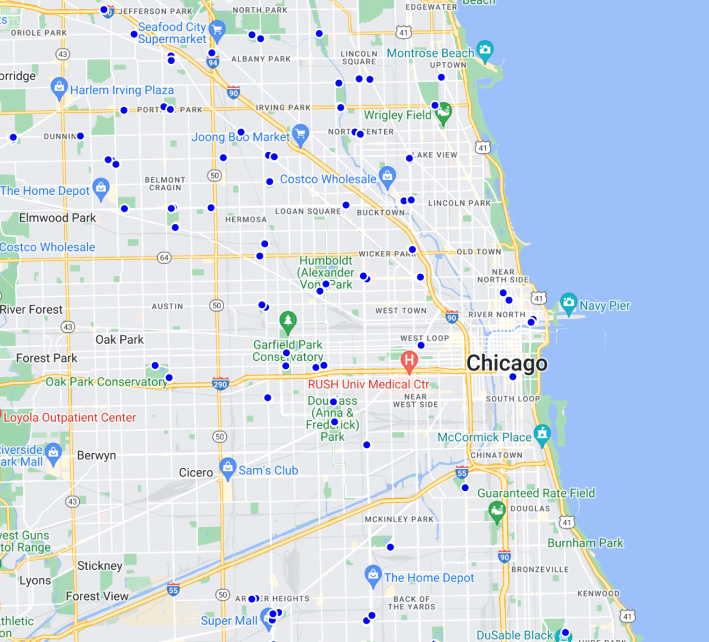
Some residents interviewed by ABC argued that relocating the cameras without publicizing the move was unfair to drivers, who might be caught off-guard by the new cams.
However, CDOT spokesperson Erica Schroeder told Streetsblog the cameras will only issue warnings, not tickets, to drivers for the first 30 days after the cameras are activated. And even after the new cams start issuing citations, a motorist's first ticket during the post-warning period is free.
“Each speed camera has warning signs in advance of the camera to alert drivers of the speed limit and the automated enforcement ahead," Schroeder said. "CDOT has also nearly completed adding 100 new speed indicator signs throughout Chicago near speed enforcement cameras. These signs are proven to be a useful, non-punitive tool to make drivers more mindful of their speed."
Lisa Phillips, who used to live a block from Palmer Square Park in Logan Square and recently moved a few blocks away (and has freelanced for Streetsblog) says the new cameras within the park's Safety Zone on Kedzie Avenue between Belden and Fullerton avenues appear to be doing their job reducing speeding. She said she appreciates that, even though she has to be more careful about watching her speedometer when she drives there. “Nothing and no one is forcing my foot to press harder on the gas pedal beyond pure selfishness and the false belief that my destination or lateness is more important than the lives I may impact by speeding.”
However, she called the speed cameras a “band-aid solution” to address the underlying problem of unsafe street layouts. “Those stretches of streets or intersections have design that allows and encourages speeding. [The cams] should only be a stop-gap tool along with longer-term traffic calming designs."
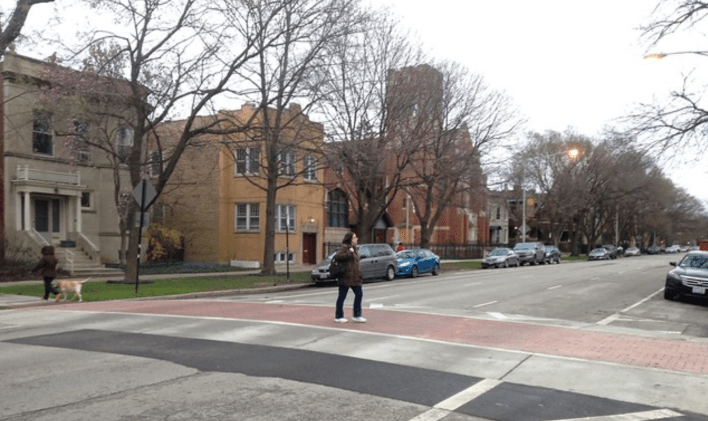
Phillips added that traffic calming projects in the neighborhood, such as raised crosswalks on three-lane, one-way Palmer Boulevard on the north side of Palmer Square Park, have improved traffic safety somewhat. "But they take years of dedicated activism and dedicated funding. Unfortunately, the lower-income areas [where drivers accrue the most speed camera tickets] may also lack the resources, especially time and energy, to petition their alderpeople for better designs as preventative solutions."
Mayor-elect Brandon Johnson has said he wants to take down all the speed cameras and replace them with safer street designs, such as implementing "road diets" on overly-large streets. Do to pushback from motorists and alders who argue that approach causes traffic jams, that's easier said than done. But if Johnson promises to do equally effective Complete Streets remixes at each camera site before the cams are turned off, that would be a strategy Streetsblog would endorse.
Update 4/17/23, 1:30 PM: This piece has been edited to reflect the fact that Lisa Phillips current lives a few blocks away from Palmer Square Park.
